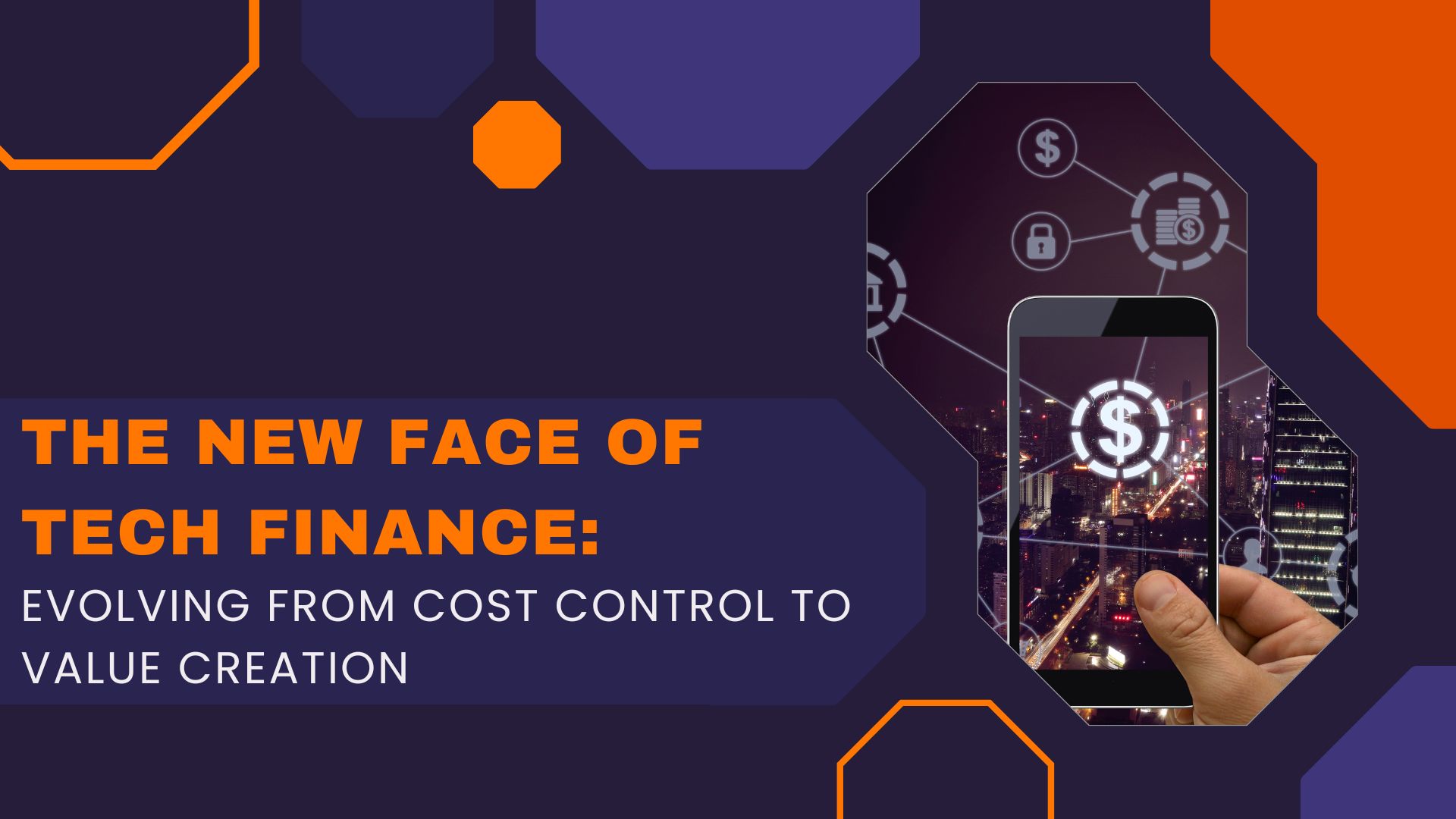Technology no longer sits quietly in the background in today’s fast-moving business world. It is now the backbone of every business strategy, a driver of innovation, and a key growth enabler. As technology’s role has expanded, companies must rethink how they approach financing it. Gone are the days when technology was confined to an IT department’s line item in the annual budget. It’s about technology investments aligning with company goals, delivering value across departments, and providing measurable returns. This shift has given rise to new tools and approaches—one of the most important being the Corporate Expense Dashboard.
The Old Way: IT Budgets as a Cost Center
Historically, most companies treated IT budgets as a necessary expense. Each year, the IT department was given a fixed amount to cover hardware, software, maintenance, and personnel. Success was measured by how well they stayed within this budget, not by the business outcomes their work enabled. This approach had several drawbacks. First, it separated technology from the company’s overarching objectives. IT teams were often left out of strategic conversations, resulting in solutions that didn’t fully support business needs. Second, it encouraged a short-term mindset—teams focused on cost-cutting and avoiding overruns rather than on how technology could drive innovation.
The Shift: Technology as a Business Investment
In recent years, forward-thinking companies have moved from the rigid IT budget model toward a more dynamic approach—viewing technology as a business investment. This shift recognizes that technology is no longer just about keeping systems running; it’s about enabling competitive advantage, improving customer experience, streamlining operations, and opening new revenue streams. Technology investments now cut across departments: marketing uses data analytics, sales teams adopt CRM platforms, HR implements talent management software, and operations rely on automation. Managing these investments requires visibility and control, where the Corporate Expense Dashboard becomes critical.
Why Visibility Matters
The need for centralized oversight grows as technology spending spreads across the organization. Without it, companies face the risk of duplicate systems, shadow IT, uncontrolled cloud spending, and misaligned priorities. A Corporate Expense Dashboard provides leaders with the visibility to track technology expenses across departments and geographies in real time. With a Corporate Expense Dashboard, finance teams can monitor spending trends, compare budgets to actuals, and assess the return on various technology investments. Department heads can understand how technology choices affect the bottom line, while executives clearly understand how technology spending supports overall strategy.
Breaking Down Silos
One of the most significant benefits of a Corporate Expense Dashboard is its ability to break down silos between IT, finance, and business units. Traditionally, these groups operated with limited interaction: IT worried about system performance, finance worried about costs, and business units focused on meeting their objectives. The Corporate Expense Dashboard creates a shared platform where all stakeholders can see the same data, fostering collaboration and informed decision-making. This cross-functional visibility is essential in today’s environment, where technological decision-making is rarely confined to one department. For example, marketing adopting a new automation platform affects IT’s infrastructure, finance’s cost forecasts, and the sales team’s workflows. A Corporate Expense Dashboard ensures everyone understands the full implications.
Moving Beyond Cost Control to Value Creation
The focus on value creation is a key reason for the shift from IT budgets to technology investments. Companies no longer want to know just how much they’re spending—they want to know what they’re getting in return. A Corporate Expense Dashboard plays a crucial role here by connecting spending data to performance metrics. For example, a company can track the implementation of a new supply chain management system and see how it reduces delivery times or lowers inventory costs. A Corporate Expense Dashboard links investments directly to outcomes, turning technology spending from a black box into a transparent, strategic lever.
Enabling Agile Decision-Making
In today’s fast-changing business landscape, adaptability is essential. The old model of setting annual IT budgets and sticking rigidly to them no longer works. Companies need to be able to reallocate resources quickly when priorities shift. A Corporate Expense Dashboard makes this possible by providing up-to-date data that supports fast, informed decisions. For example, suppose a new software implementation is running over budget. In that case, the finance team can spot the trend early on the Corporate Expense Dashboard and work with the project team to adjust plans. If a pilot project shows strong returns, additional investment can be approved without waiting for the next budget cycle. This flexibility provides companies with a competitive advantage in ever-shifting markets.
Driving Accountability Across the Organization
Another significant benefit of using a Corporate Expense Dashboard is the increased accountability it brings. When all stakeholders have access to precise, real-time data on technology spending, it becomes much easier to hold teams accountable for their decisions and results. Department leaders can no longer plead ignorance about overspending or underperformance. Instead, they are empowered to take ownership of their technology investments and demonstrate the value they’re delivering. This transparency creates a culture of responsibility and continuous improvement for the organization.
Supporting Long-Term Strategy
Technology investments are rarely about short-term gains. Whether adopting artificial intelligence, transitioning to the cloud, or implementing advanced analytics, the payoff often unfolds over the years. A Corporate Expense Dashboard helps companies take a long-term view by tracking upfront costs and long-term benefits. By providing a complete picture of how technology investments fit into the larger strategy, the Corporate Expense Dashboard enables leadership teams to stay focused on their goals, even when individual projects face challenges. It also makes it easier to communicate progress to boards, investors, and other stakeholders.
Integrating Financial and Operational Metrics
Companies need to integrate financial and operational metrics to realize the potential of technology investments fully. A Corporate Expense Dashboard is uniquely positioned to do this. It doesn’t just track dollars spent; it connects spending to key performance indicators across the business. For example, an investment in customer service software might be measured by its cost and impact on customer satisfaction scores and resolution times. By integrating these metrics into the Corporate Expense Dashboard, companies gain a holistic view of their investments’ performance.
Building a Culture of Continuous Innovation
Ultimately, reinventing tech finance is about more than tools and dashboards. It’s about building a culture that embraces continuous innovation. The Corporate Expense Dashboard is essential because it gives teams the data they need to experiment, learn, and improve. With a Corporate Expense Dashboard, companies can run pilot programs, measure results, and scale successful initiatives with complete financial transparency. This creates a safe environment for innovation, where teams are encouraged to take smart risks without losing sight of financial discipline.
Future-Proofing the Organization
As technology evolves, the need for adaptive financial practices will only grow. Cloud computing, artificial intelligence, and the Internet of Things are transforming industries, and companies need to be ready to invest strategically in these technologies.
A Corporate Expense Dashboard helps future-proof the organization by giving leaders the tools to evaluate new opportunities, manage risk, and make data-driven decisions. By shifting from fixed budgets to flexible investment approaches, companies can remain ahead of the competition and seize new opportunities.
The evolution from IT budgets to technology investments marks a fundamental shift in how companies think about technology. Technology has evolved from merely a cost center to a vital driver of growth and innovation. Companies need tools like the Corporate Expense Dashboard to manage this shift effectively, providing visibility, driving accountability, and supporting agile, value-focused decision-making. By embracing this new approach, organizations can turn technology spending from a passive expense into an active advantage. The Corporate Expense Dashboard isn’t just a finance tool—it’s a strategic asset that helps companies unlock the full potential of their technology investments and drive long-term success.
Sources:


